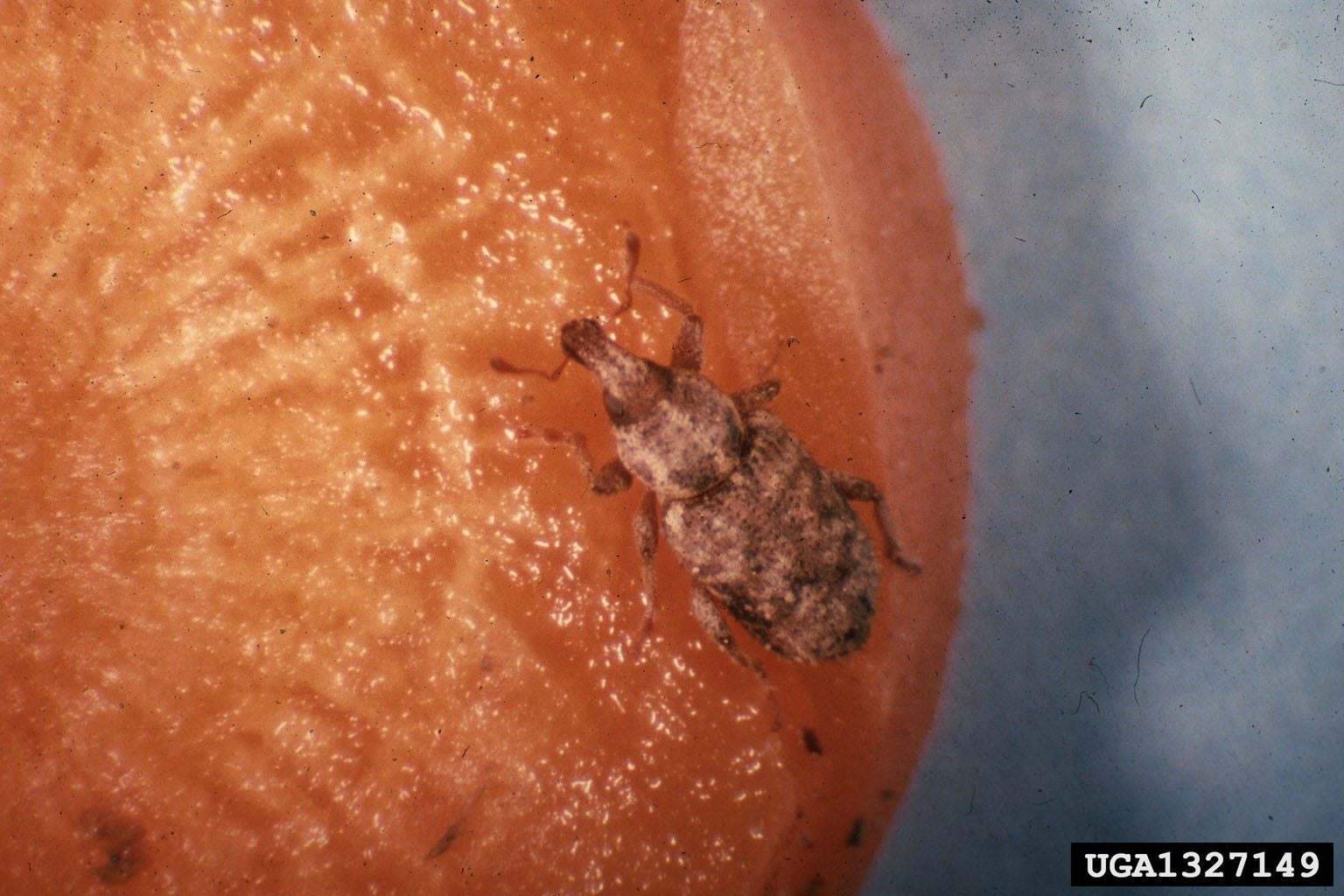What Are Carrot Weevils: Tips On Carrot Weevil Management In Gardens


Carrot weevils are tiny beetles with big appetites for carrots and related plants. Once they’re established, these insects can devastate your carrot, celery, and parsley crops. Read on to find out about carrot weevil management.
What are Carrot Weevils?
Only about one-sixth of an inch (4 mm.) long, carrot weevils are snout beetles that love to dine on members of the carrot family. They feed during the warm months and then spend the winter hiding in the top layer of soil and in weeds, grass, or debris left in the garden. If you have them one year, you can count on their return the following year. Since they overwinter in the location where carrots grew the previous year, crop rotation is an important part of the strategy for controlling carrot weevils. Move your carrot patch every year and wait at least three years before growing them in the same location. At the same time, keep the garden clean and weed free to eliminate some of their favorite hiding places. The adult beetles feed on plant foliage. Females lay eggs in the carrot roots through a small puncture wound. If you see a small dark spot on a carrot, rub it and look for a wound underneath. If you see a puncture wound, you can be fairly certain that there are carrot weevil larvae tunneling through the root. The larvae are white, C-shaped grubs with brown heads. Their feeding activity can weaken and kill a carrot. Carrot weevil damage leaves the roots inedible.
Controlling Carrot Weevil Organically
There are plenty of organic strategies for managing carrot weevils, so you will probably never need to spray toxic chemical insecticides to get rid of them. Traps are effective in catching the larvae. You can buy them at a garden center or make your own from mason jars and paper cups. Place a few slices of carrot in the bottom of a mason jar to serve as bait. Poke holes in the bottom of a plastic coated paper cup and fit it into the opening in the jar. The larvae can fall though the holes but can’t crawl out. Alternatively, sink a baited container in the garden soil so that the opening is level with the soil surface. Add soapy water to the container. The carrot weevil larvae will drown when they fall in. Milky spore and Bacillus thuringiensis are organisms that kill grubs like carrot weevil larvae without harming people, the environment, or animals. These completely safe products are very effective when you apply them early, but they won’t kill older larvae. You may continue to see larvae for a while because they don’t die immediately. Use neem-based sprays on older larvae. Keeping your garden clean and weed free, rotating the carrot crop, using traps, and beneficial organisms should be enough to control carrot weevils. If you’re still having trouble, check your garden center for insecticides labeled for use against the pest. Keep in mind that systemic chemical insecticides also kill beneficial insects and may cause more problems than they solve.
Sign up for the Gardening Know How newsletter today and receive a free copy of our e-book "How to Grow Delicious Tomatoes".

Jackie Carroll has written over 500 articles for Gardening Know How on a wide range of topics.